We Love Cabbage -- and So Should You
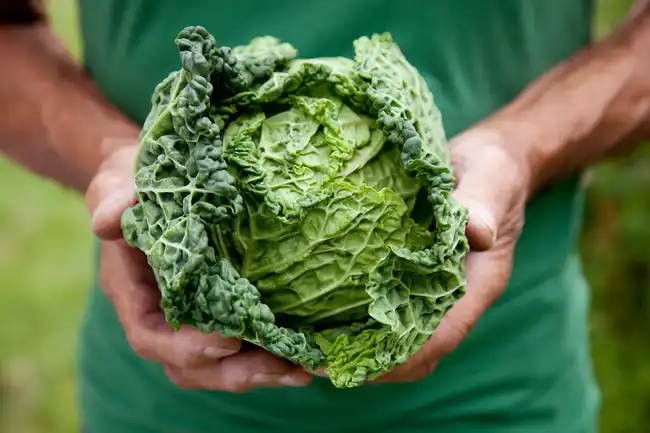
It’s Packed With Nutrients
Half a cup of cooked cabbage has about a third the vitamin C you need for the day. It also gives you doses of fiber, folate, potassium, magnesium, vitamins A and K, and more.
Swipe to advance
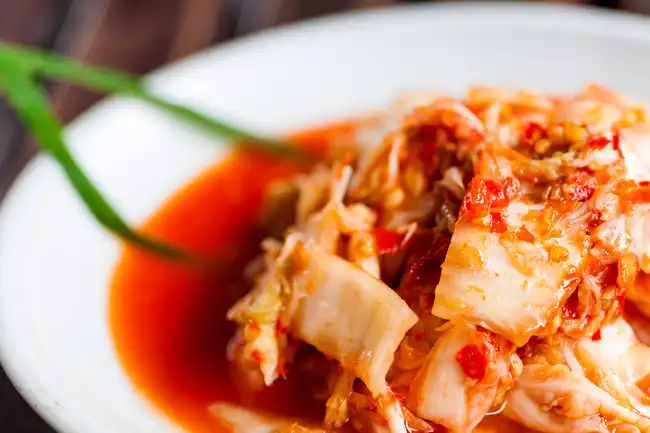
2
/
11
You Can Ferment It -- and Make It Healthier
Just leave it in its own juices until bacteria start to feed on it. Sound gross? You’ve probably already eaten it. It’s called sauerkraut. For a spicier, more exotic version, try kimchi, a dish made popular in Korea.
When cabbage ferments, it makes natural probiotics that nourish the bacteria in your gut. Those bacteria help your body fight germs, take in nutrients, digest food, and control anxiety.
Swipe to advance
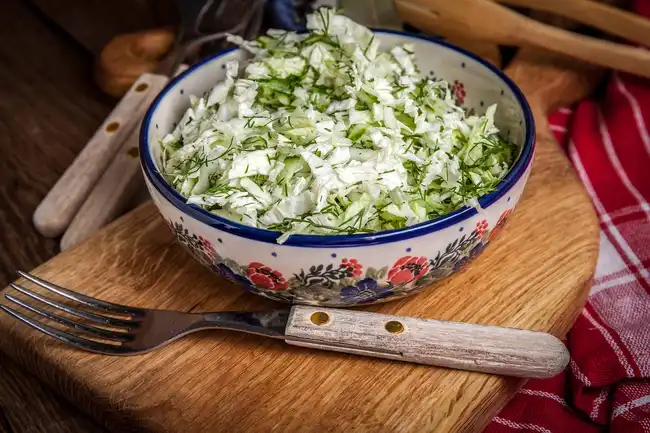
3
/
11
Even Raw, It’s Great for You
Although you get different nutrients if you cook or ferment it, raw red cabbage in particular might give you the best nutritional boost per serving. Slice it very thinly and leave it for about 10 minutes to help bring out the fullest, most complex flavors. Then add it to salads or sandwiches or turn it into coleslaw.
Swipe to advance
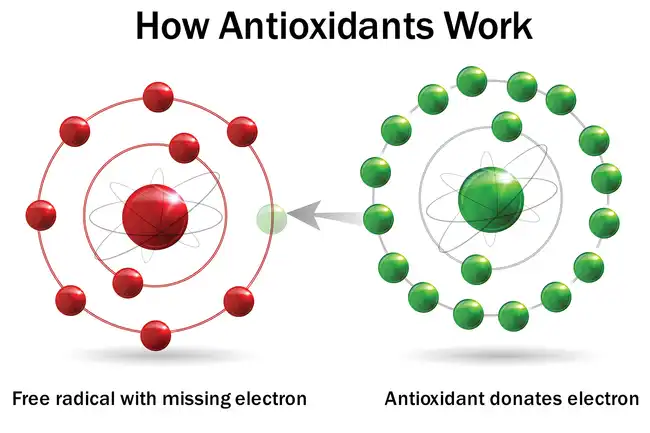
4
/
11
It’s Loaded With Antioxidants
You’ll get a good dose of well-known ones like vitamin C and manganese. But cabbage really shines when it comes to plant chemicals called phytonutrients, a cell-protecting force.
Swipe to advance
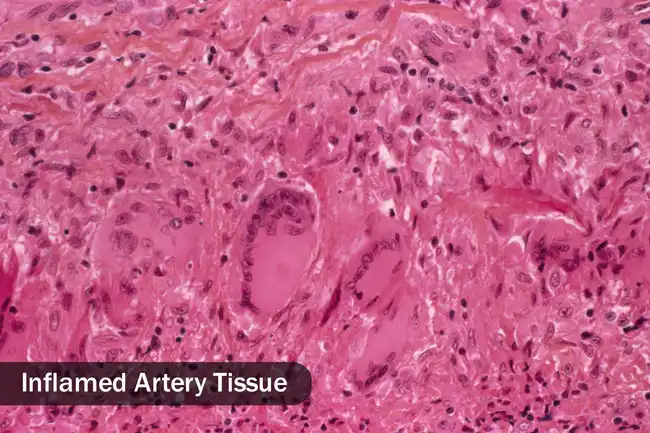
5
/
11
It’s Good for Inflammation
Cabbage is loaded with lots of chemicals that help ease swelling in your tissues. This helps protect you from other health issues because inflammation is linked to things like cancer, heart disease, diabetes, and Alzheimer’s disease.
Swipe to advance

6
/
11
It’s Good for Your Digestion
Cabbage has 1 gram of fiber for every 10 calories. That helps fill you up, so you eat less. It also keeps you regular, and it could help lower your “bad” (LDL) cholesterol and control your blood sugar.
Cabbage also has nutrients that keep the lining of your stomach and intestines strong. Its juice also can help stomach ulcers heal.
Swipe to advance
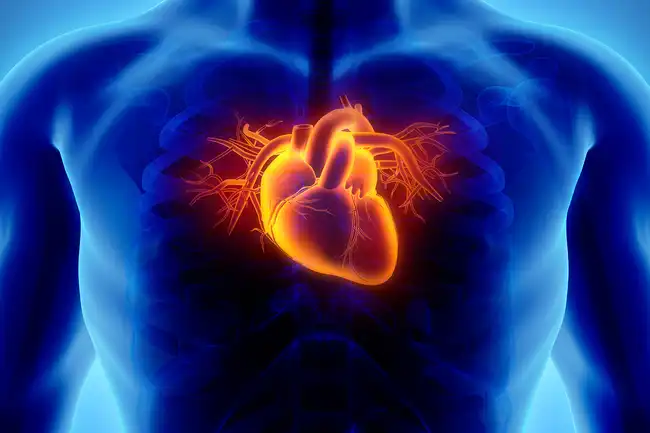
7
/
11
It Can Help Your Heart
Cabbage, especially red cabbage, seems to raise levels of beta-carotene, lutein, and other heart-protective antioxidants. It also helps lower something called “oxidized” LDL, which is linked to hardening of the arteries. And since it eases inflammation, it can help prevent heart disease.
Swipe to advance
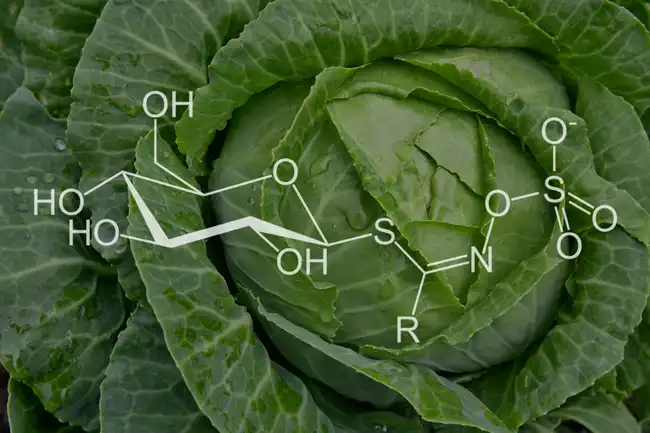
8
/
11
It May Help Keep Cancer Away
A number of studies suggest that cabbage could help prevent certain types of cancer. In part, that belief comes from cabbage’s antioxidant and anti-inflammatory qualities. It’s also because of something called glucosinolates, special sulfur-containing substances that your body turns into cancer fighters.
They’re in other vegetables, too, including kale, collards, broccoli, Brussels sprouts, and cauliflower.
Swipe to advance
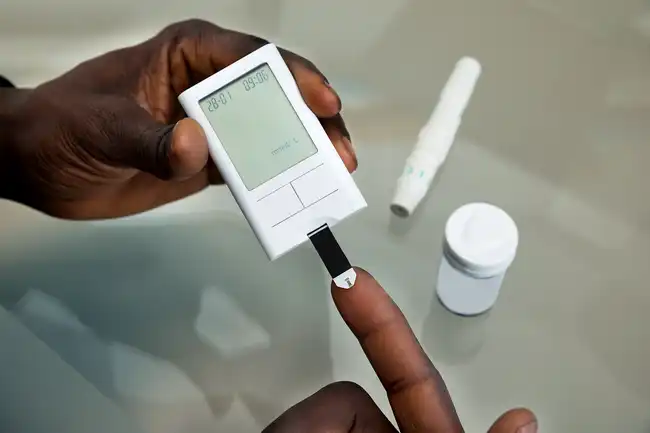
9
/
11
It May Help Prevent Type 2 Diabetes
A diet high in cabbage was found to lower the chances of type 2 diabetes in a recent study. Those who followed the Nordic style diet most closely, which also includes lots of root vegetables, fish, apples, pears, oatmeal, and rye bread, were up to 38% less likely to get the disease.
Swipe to advance
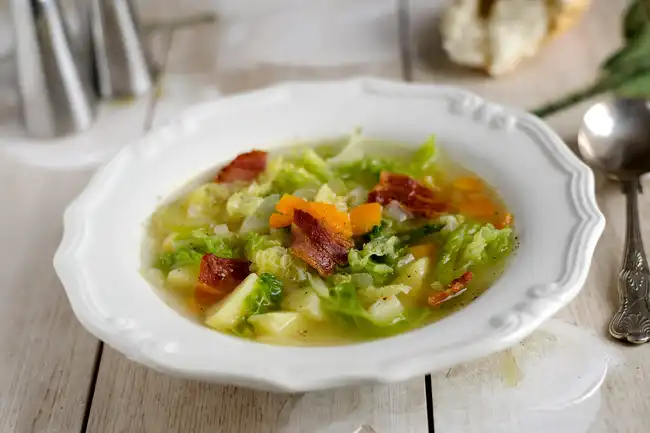
10
/
11
It’s Flexible
Literally -- you can bend it -- and also because of the many ways you could use it. You can steam, boil, sauté, stir-fry, and bake it. Chop it raw for coleslaw and other salads, or use whole leaves as a heart-healthy substitute for tortillas or sandwich bread. That’s a great way to add nutrition while you cut carbs and calories.
Swipe to advance

11
/
11
It’s Affordable
Fresh green cabbage costs an average of 62 cents a pound. That’s about 26 cents per cooked edible cup, which gives you two servings. That makes it one of the cheapest vegetables you can buy. Only potatoes cost less (20 cents per cup). You know what that means: More sauerkraut, kimchi, and coleslaw for everyone!
- Get link
- X
- Other Apps